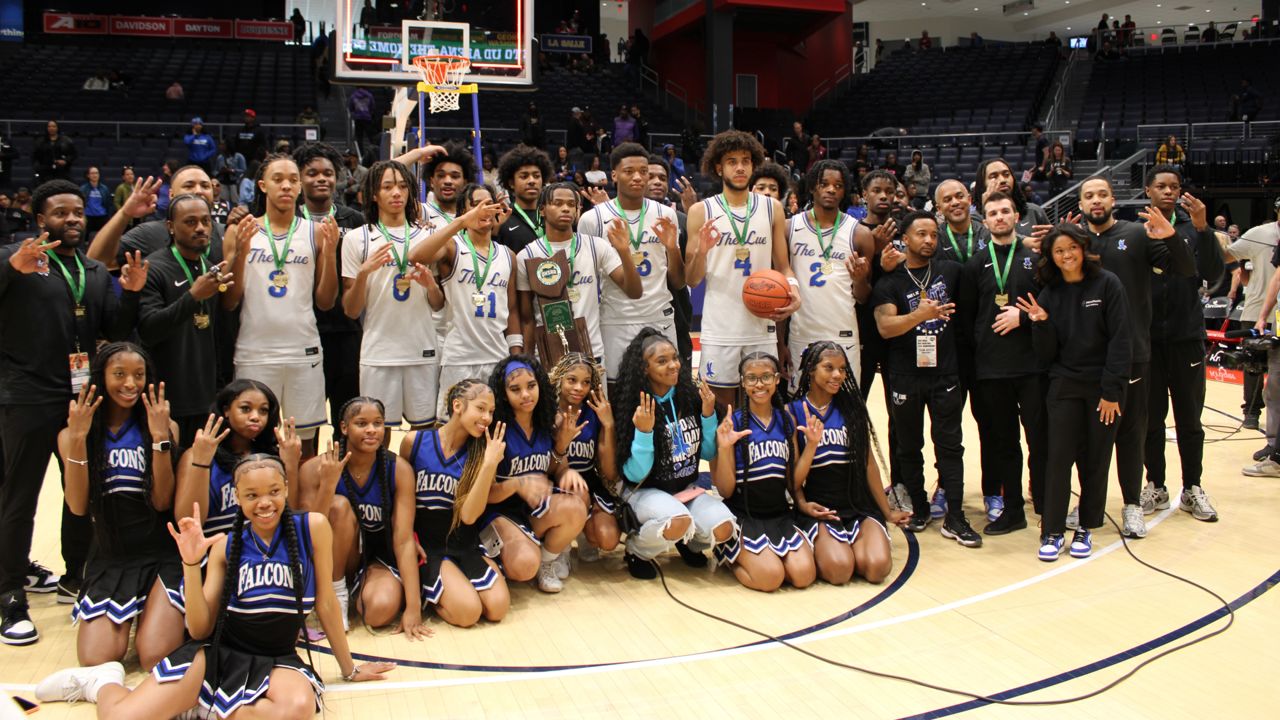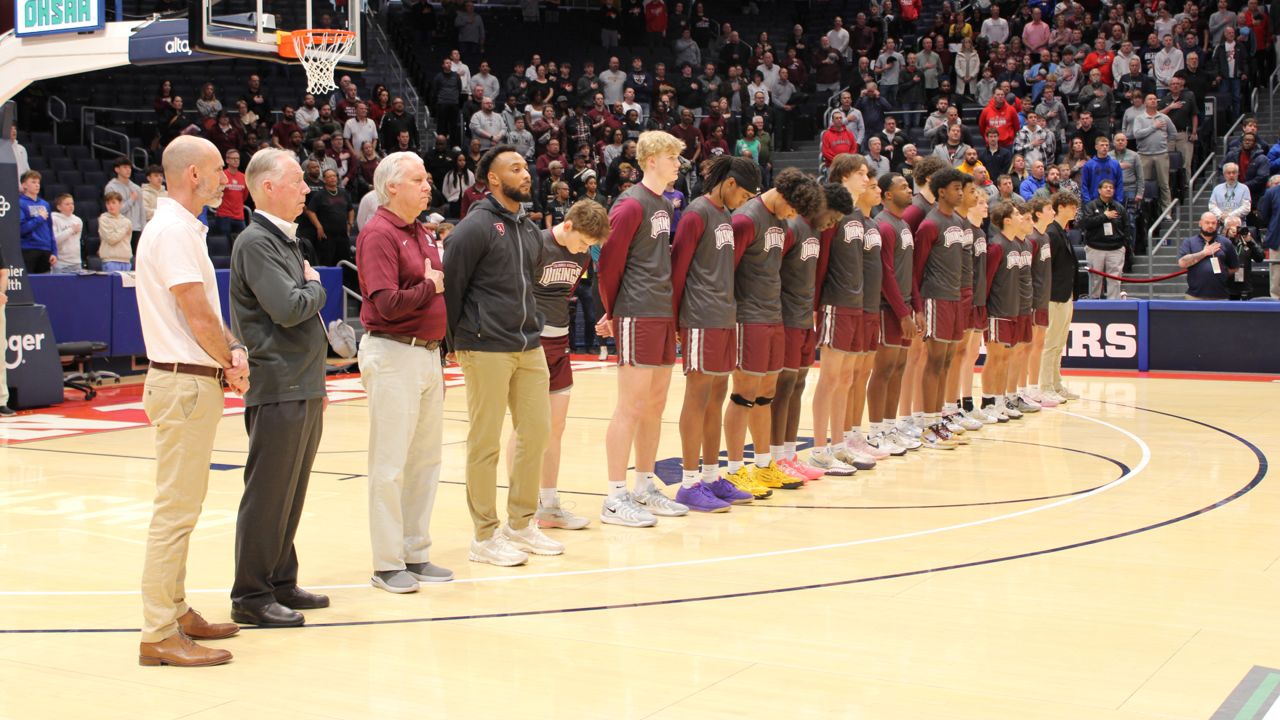COLUMBUS, Ohio—Land Grant Brewing Co-Founder Walt Keys says getting people in the door is about creating a welcoming space, and having a great product.
- In 2018, Ohio Craft breweries created nearly a billion dollars in economic impact
- Ohio has around 300 breweries statewide
- Ohio ranks 7th in economic impact and 4th in overall barrel production nationwide
The beer is good, the beer has to be good, but you have to do a little more than that,” said Keys.
Concerts, promotions, and collaborations are all ways to inspire new lovers of a growing Ohio industry.
“We're always trying to get new craft drinkers, people who are used to drinking the premium lagers and macro beers all their life. We want them to try the craft beers,” said Keys.
Land Grant started in Chicago with Keys and his co-founder Adam Benner brewing in their apartment.
Both Buckeyes, the pair launched a Kickstarter in 2012 and opened the Franklinton Tap Room in 2014.
But the market has changed and grown since they opened their doors, with several dozen breweries just in the Columbus metro area alone.
“We know that if the Columbus craft beer scene is strong, that we are gonna benefit from that, Seventh's Son is gonna benefit from that, Wolf's Ridge is gonna benefit from that,” said Keys. “And there is plenty of room out there for us all to see success and grow.”
Central Ohio breweries, like others statewide, are seeing success.
A report on the 2018 economic impact of the craft brewing industry in Ohio showed the 45 breweries studied in central Ohio generated $111 million in economic output and 1200 jobs.
Part of that success is the culture of tourism specifically related to the craft beer experience.
“Beer tourism is huge for us, whether they are people from Columbus or people from out of the state, out of town,” said Keys. “Getting people to come down here, walk through our door, try our beer, take a tour, learn about beer. That just helps the Land Grant brand, but it helps the craft beer brand overall.”
And statewide, Ohio's nearly 300 craft breweries generated close to a billion dollars in economic output.
Craft brewing employs 8,300 people and pays almost $200 million in local, state and federal taxes.
“Compared to the numbers from our last study, economic impact is up over 30 percent over the last three years, which is pretty phenomenal considering the bulk of breweries that opened over the last three years are smaller breweries that only sell through the taproom,” said Justin Hemminger, deputy director, Ohio Craft Brewers Association.
It's money that Hemminger says often goes back into local communities.
They're really becoming integral parts of the communities that they're in. And they're providing jobs in their communities,” said Hemminger. “They're buying local themselves, supporting the smaller micro economies throughout the state.”
A difference from macro breweries like Anheuser Busch or MillerCoors that produce millions of barrels of beer, micro brewers or craft brewers produce thousands or even hundreds per year or fewer.
And they make many more types with a focus on experimentation.
“If you come to the taproom, probably half of the beers on the board…we've got 24 taps, and probably half of those are things you can't find anywhere else, whether they are small batches, or they're variations, or they're barrel-aged stuff,” said Keys.
Land Grant sells many of their popular beers in stores across the state, but in the taproom, visitors get a different experience.
“Going to taprooms and visiting breweries, it really opens you up beyond a brewery's flagship beer, or their IPA or their lager, to try those new unusual beers and maybe that will be their big beer next year, but you can try it now,” said Keys.
In Franklinton you can walk right across town street from Land Grant to Brewdog.
The Scotland based brewery, with a headquarters and craft beer hotel in Canal Winchester, has multiple taprooms.
“I think as much as people want to try some craft beer from other parts of America, they want to try what's local, and people are coming down to Columbus to try the craft beer that is here,” said Martin MacDonald, Brewdog Franklinton general manager.
MacDonald says that variety not only helps drive people in, but keeps people interested.
“I think it's really important that people have the option to try and taste a different style of beer and experience the different flavors and aromas that something really different can offer,” said MacDonald.
The craft beer boom has also attracted the attention of tourism bureaus across the state—like in Columbus, where they worked with breweries to create an experience around trying new craft beer.
“We know that when visitors come to Columbus, it's one of the top five things that they do if they're staying for an overnight visit,” said Megumi Robinson, Experience Columbus.
Robinson says that the Columbus Ale Trail helps locals and visitors find their new favorite craft brewery and earn prizes, like a bottle opener, a glass or a special print.
“It's a great way to show off the community… our craft beer scene is something that we're really proud of,” said Robinson.
46 breweries are participating in the Columbus Ale Trail.
You can pick up a Passport from any one of those breweries and as you go along the trail you can hopefully win some good stuff.
All you have to do when you get your Passport is show it at the bar, get it stamped, and then you're all set to go.
“We see a lot more people going to as many breweries as possible. Going to all of them is a goal that some people have,” said Hemminger.
Hemminger says all over the state, people are creating beer tour experiences, and the OCBA even has its own app and digital passport program for craft brewing aficionados statewide called “Ohio On Tap.”
The more Ohio breweries you visit, the more free stuff the Ohio Craft Brewers Association sends to you. Just little thank you gifts for supporting our breweries,” said Hemminger.
Hemminger predicts that 2020 will see more than a billion in economic output for the industry, and doesn't see growth slowing down anytime soon.
“You wanna know where your beer, where your clothes, where everything comes from, and that trend isn't going away anytime soon. And I think that's why we see such a big driver in craft,” said Hemminger.









